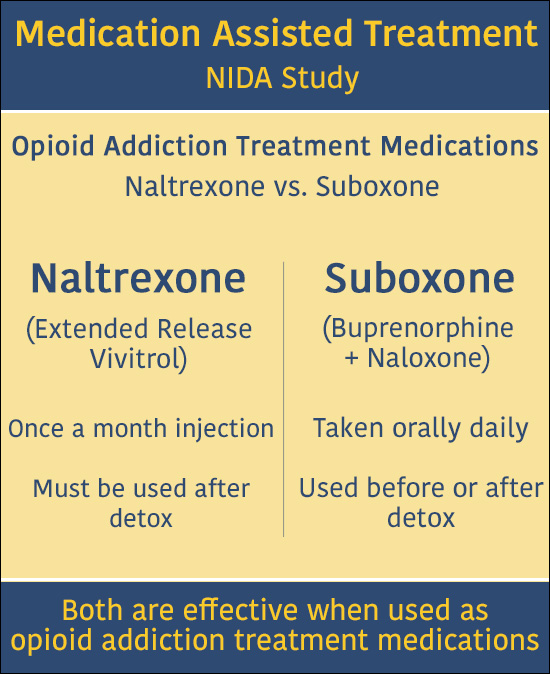Miller (2006) mentions the continuum of commitment strength shown in an individual's speech, varying from "I'll consider it" to "I will" or perhaps "I promise. abstinence as a part of treatment is most realistic for which of the following types of addiction?." Therapists working inspirational considerations into a substance use treatment strategy can listen for the signals about level of dedication and preparedness for change that are expressed in the client's natural speech and behavior.
Inspirational interviewing is especially useful in the context of preparation treatment. Using techniques based upon these principles, inspirational interviewing assists develop social conditions within the therapy relationship that communicate the therapist's https://freedomnowclinic.blogspot.com/2020/08/clinical-evaluations-in-boynton-beach.html interest in working with the customer's perspective instead of imposing the therapist's viewpoints, hence promoting trust and hope. Likewise, this technique triggers the customer to expand and explore his/her own viewpoint to think about both excellent and bad points about compound use, along with both benefits and downsides of change.
Miller (2006) sums up research study suggesting strategies that do and do not work to motivate modification in substance use. Attempts to enlighten, face, or punish customers regularly stopped working to generate reductions in substance use. Findings supported interventions that utilize the following elements (recorded in the acronym FRAMES): customized eedback relative to substance use standards, client esponsibility for change, motivating dvice to lower or stop consuming or utilizing, a enu of alternatives for altering habits, mpathic counseling style, and upport for self-efficacy and optimism.
In conversation of their transtheoretical design, Prochaska and Norcross (1994; 2014) mention that a lot of theories of psychotherapy emphasize either insight (e.g., analytic and cognitive designs) or action (e.g. behavioral therapies) goals. Their transtheoretical design presumes that modification requires both. The merger of designs into "cognitive-behavioral" approaches has similar ramifications.
Activities or techniques to raise awareness include consciousness-raising, psychological catharsis, and selecting from amongst readily available alternatives. Action oriented activities include customizing the stimuli that manage discovered actions, and controlling the contingencies that arise from behavioral actions. Prochaska and Norcross even more partition each of these categories into activities that occur at the level of subjective experience and those operating at the ecological level, once again illustrating how different theories of psychiatric therapy emphasize different kinds of activities leading to preferred goals.
Using this model to preparation treatment for compound use disorders, the option of goals and matching objectives, techniques, and timeframes rests on decision of what the client requires to facilitate motion from a current stage of change to the next rational stage. Shifts through the first three stages of modification (Precontemplation to Contemplation to Preparation) are marked by increasing awareness of a problem and by insight into the dynamics that sustain or fix the problem.
The client's stage at the time of evaluation is very important in terms of offering treatment suggestions in a way that the client can accept (Glidden-Tracey, 2005, 2014). As soon as this very first objective is fulfilled, of getting the customer to accept attempt treatment, preparing treatment activities that suit the client's stage of modification (and relatedly supply experiences of success that will motivate further action) offers tools to keep the customer invested in the therapy process.

See This Report about How Effective Is The Addiction Treatment Discovery Program
The transtheoretical design provides two general goals, insight and action, on which therapists and clients often work out in planning efforts targeted at changing problematic compound use (what different kinds of treatment exist for addiction). The client in the precontemplation stage is not yet interested in making a modification. Customers who report signs constant with a medical diagnosis of a substance use condition however reject that their drinking or substance abuse is an issue are in this phase.
To move to the contemplation phase, these customers would need to raise their awareness of any unwanted outcomes of their compound use. Prochaska and Norcross (1994; 2014) suggest a few kinds of activities at this stage to move the precontemplative customer toward consideration. The first is consciousness-raising, including both feedback about the person's habits and education about more general consequences of compound use.
These activities are intended to provide a fuller variety of details to customers so they will remain in a more educated position to choose whether they have a problem and whether they want to change - how to open an addiction treatment center. They prompt customers to deal fort lauderdale outpatient opiate clinic with the disparity between their own specified beliefs that their substance use is not problematic with the beliefs or suspicions of others who got the precontemplators to show up for therapy.
The therapist can discuss to the customer that it makes little sense to pick actions prior to they have a clearer, shared understanding of the circumstance and the problem, if in fact there is one. The objective might be phrased in regards to continuing their shared evaluation of the client's complex scenario, whether that entails further expedition of the role drugs or alcohol have actually played in the client's life, or of the relationship between the client's compound use and the social, occupational, monetary, or legal issues that pressed the customer to seek therapy.
This stance can be clearly stated to clients who express doubt about the value of more evaluation and therapy. The therapist can even more propose that this extended assessment will be followed by an evaluation and possible modification of the treatment strategy. Both the customer and the therapist are most likely to discover valuable new information from putting in the time to go over the customer's history in greater information.
The therapist will extremely most likely glean a clearer photo of the nature of the customer's substance usage and its relationship to other problems in the customer's life. why is group therapy the most effective treatment for addiction. As treatment advances, the dyad can consider their joint evaluations of the extended evaluation results in developing additional goals and upgrading the treatment strategy.
If the therapist communicates that the therapist knows the best conclusion and is simply waiting on the customer to see it, feedback and education will not conquer the client's resistance. When the therapist does offer feedback through interpretations or conflicts, precontemplators may hear alternative perspectives with less resistance if the therapist clarifies that this is the therapist's viewpoint, that customers are entitled to their own opinions, which the therapist has an interest in hearing what feedback the client needs to offer.
Some Known Details About How To Explain Treatment Plan For Addiction
According to Prochaska and Norcross (1994; 2014), catharsis of suppressed or denied emotions can also assist move clients into consideration. Catharsis eases internal pressure and launches energy, previously utilized to ward off emotion, now available for other functions. Sometimes the expression of deep feeling about causes, effects, or related elements of substance usage can likewise help raise the client's awareness of the unfavorable impact of bothersome habits on the customer's life.

The customer revealed that at age twelve, he was determined by 2 older brothers and their buddies, and a "joint" was forced into his mouth till he breathed in numerous times. The customer stated he had actually never spoken about that incident because it happened, and remembered the fear, anger, and disgust he felt at the time.
By collaboratively preparing treatment so that precontemplators gain increased awareness of the intricacies of their scenarios and the feelings related to them, such customers may make shifts into the reflection phase of change. how many addiction treatment centers are there in the us. When customers concern acknowledge a problem that deserves attending to even more in therapy, the next step is to consider options about how to address the concern.